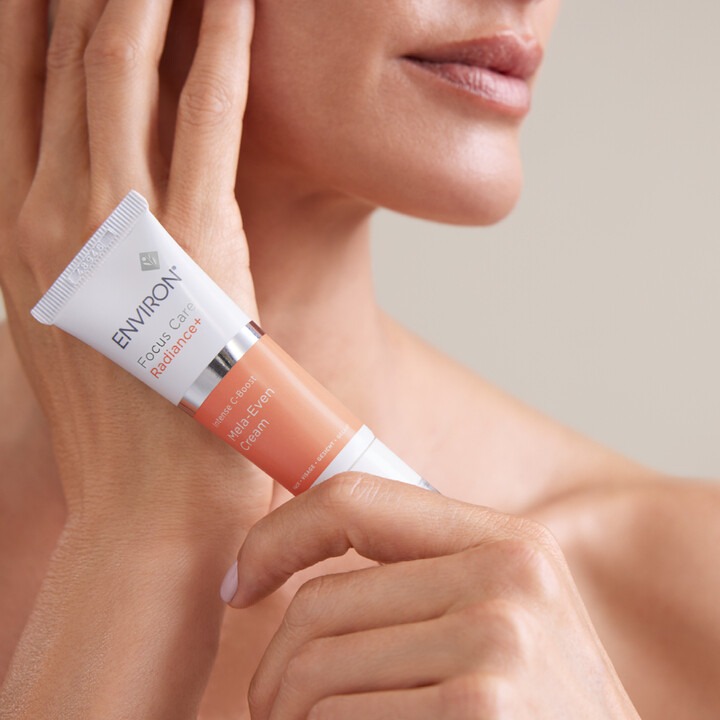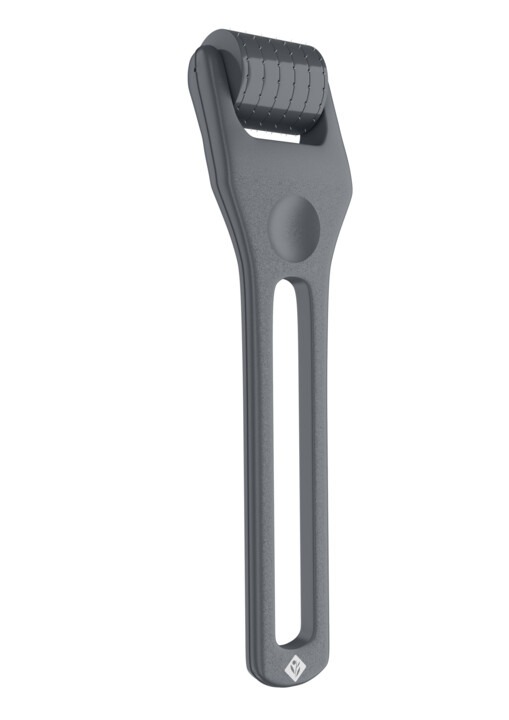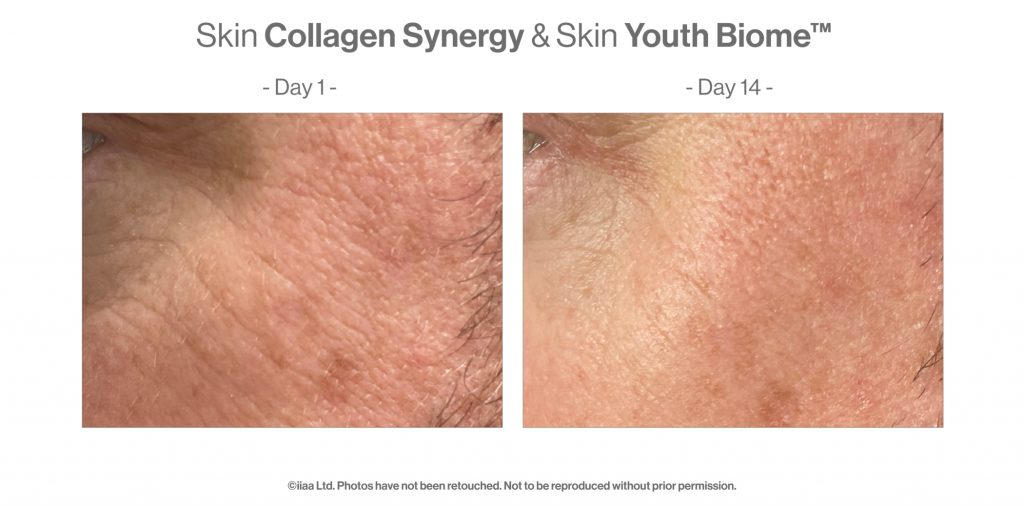The Ultimate Guide to Choosing the Perfect Skin Care Gift Sets
Comments Off on The Ultimate Guide to Choosing the Perfect Skin Care Gift SetsLooking for the perfect gift for someone who loves skincare? Look no further! Our comprehensive guide will help you navigate the world of skin care gift sets and find the perfect one for any occasion. Whether you’re shopping for a skincare enthusiast, a beginner, or someone with specific skin concerns, we’ve got you covered.
With so many options available, it can be overwhelming to choose the right gift. That’s why we’ve done the research for you, curating a list of the most luxurious, effective, and beautifully packaged skincare sets on the market. From anti-aging treatments to hydrating masks, our guide will help you find the perfect match for any skincare need.
Not only do these gift sets make for thoughtful presents, but they also provide an opportunity for your loved ones to try new products and discover their holy grail skincare routine. Give the gift of self-care with our ultimate guide to choosing the perfect skin care gift sets.
Benefits of Giving Skin Care Gift Sets
Giving skin care gift sets is a thoughtful way to show you care about someone’s well-being and self-care routine. One of the primary benefits is that these sets often include a variety of products that can cater to different needs. This variety allows the recipient to explore new products without the commitment of purchasing full-sized items. It’s an opportunity for them to try a range of textures, scents, and formulations, which can lead to discovering their new favorite products. Gift sets can introduce someone to a brand they’ve never tried before, expanding their skincare horizons.
Another significant advantage of skin care gift sets is their convenience. Choosing individual products can be a daunting task, especially for someone who may not be well-versed in skincare. Gift sets are curated collections that take the guesswork out of the equation. They often come with a cohesive theme, such as hydration, anti-aging, or acne treatment, making it easier for the gift-giver to select a set that aligns with the recipient’s skin care goals. This convenience is particularly beneficial during the holiday season or special occasions when time is of the essence.
Moreover, skin care gift sets often come beautifully packaged, adding an element of luxury to the gift-giving experience. The presentation can elevate the excitement and joy of receiving a gift. Many brands invest in high-quality packaging that makes their sets look stunning, ensuring that the unboxing experience is as delightful as the products inside. This aesthetic appeal not only enhances the gift but also shows the recipient that you put thought and care into your selection.
Factors to Consider When Choosing Skin Care Gift Sets
When selecting a skin care gift set, it’s essential to consider the recipient’s skin type and concerns. Different skin types—such as oily, dry, combination, and sensitive—respond differently to various ingredients and formulations. For instance, a person with oily skin might benefit from lightweight, oil-free products, whereas someone with dry skin may need rich, hydrating formulas. Understanding these nuances can make a significant difference in how well the recipient enjoys the products in the gift set.
Another critical factor is the recipient’s age and lifestyle. For example, younger individuals may not require heavy anti-ageing treatments yet, whereas someone in their 30s or 40s might appreciate a set focused on combatting fine lines and wrinkles. Additionally, consider their lifestyle: a busy professional might prefer multi-tasking products that save time, while someone with a dedicated skincare routine may enjoy luxurious, pampering items. Tailoring the gift set to fit these aspects ensures that it will be well-received and frequently used.
Finally, pay attention to the ingredients and formulations included in the gift set. Some individuals may have allergies or sensitivities to specific ingredients, such as fragrances or certain preservatives. Opting for sets that feature clean, hypoallergenic, or dermatologist-recommended products can alleviate concerns. Furthermore, cruelty-free and eco-friendly options are increasingly popular among consumers who prioritise ethical and sustainable choices in their skincare routines.
Understanding Different Skin Types
Understanding different skin types is fundamental when choosing the perfect skin care gift set. The main skin types include normal, oily, dry, combination, and sensitive, each requiring tailored products to address their unique needs. Normal skin is generally well-balanced, having neither too much oil nor excessive dryness, and can usually tolerate a wide range of products. For someone with normal skin, a versatile gift set that includes a gentle cleanser, a hydrating serum, and a moisturiser can be an excellent choice. Our bestselling Festive Kit this year is the Deluxe Youth EssentiaA Collection, check it out here !!
Oily skin, characterised by excess sebum production, often requires lightweight, non-comedogenic products that won’t clog pores. Gift sets for oily skin should include mattifying cleansers, oil-free moisturisers, and exfoliating treatments that help control shine and prevent breakouts. Ingredients like salicylic acid, tea tree oil, and clay are particularly effective for this skin type, making them ideal inclusions in a gift set tailored for oily skin – check out Environs Delux Clarity Trio !!
Dry skin, on the other hand, lacks moisture and can feel tight or flaky. Gift sets for dry skin should focus on deeply hydrating products that restore moisture balance. Look for items that contain hyaluronic acid, glycerin, and nourishing oils. A gift set might include a rich cream cleanser, a hydrating serum, and a thick moisturizer to provide the hydration and comfort that dry skin desperately needs. Understanding these specific needs ensures that the gift set will not only be appreciated but also truly beneficial.
Popular Skin Care Brands and Their Gift Set Offerings
Several skin care brands have gained recognition for their high-quality products and thoughtfully curated gift sets. Brands like Drunk Elephant, Tatcha, and The Ordinary are known for their effective formulations and luxurious packaging. Drunk Elephant, for instance, offers a variety of sets that cater to specific skin concerns, allowing recipients to experience their cult-favorite products in a convenient format. Their gift sets often highlight a combination of cleansers, serums, and moisturisers, perfect for anyone looking to upgrade their skincare routine.
Tatcha is another brand that excels in creating beautiful gift sets. Their emphasis on Japanese ingredients and rituals resonates with those who appreciate a holistic approach to skincare. Tatcha gift sets often come in elegant packaging, featuring best-sellers like their Dewy Skin Cream and The Water Cream. These sets are ideal for those who enjoy a luxurious self-care experience and appreciate the art of skincare as much as the results.
The Ordinary, known for its science-based approach and affordability, offers fantastic gift sets that cater to different skin types and concerns. Their sets often focus on specific treatments, such as hydration or anti-aging, providing an accessible way for skincare enthusiasts to try multiple products at once. The straightforward ingredient lists and transparent pricing make The Ordinary a favorite among both beginners and seasoned skincare aficionados, making their gift sets a thoughtful choice for anyone looking to explore effective skincare solutions.
Budget-Friendly Skin Care Gift Sets
Finding the perfect skin care gift set doesn’t have to break the bank. Many brands offer budget-friendly options that still provide high-quality products and effective results. For example, brands like Neutrogena and CeraVe have great gift sets that include essential skincare staples such as cleansers, moisturizers, and sunscreens at a reasonable price point. These sets are perfect for anyone looking to maintain a basic skincare routine without the hefty price tag.
Another budget-friendly option is the e.l.f. Cosmetics line, which has gained popularity for its affordable yet effective products. Their skincare gift sets often include a mix of cleansers, serums, and masks that cater to various skin concerns. These sets make it easy to introduce someone to a new brand or help them discover effective products that fit their budget.
Drugstore brands like L’Oréal and Olay also offer seasonal gift sets that provide excellent value for money. These sets often feature best-selling items, allowing recipients to enjoy a range of products without spending a fortune. By choosing budget-friendly skin care gift sets, you can give a thoughtful present that doesn’t compromise on quality, making skincare accessible to everyone.
Luxury Skin Care Gift Sets for Special Occasions
When it comes to celebrating special occasions, luxury skin care gift sets can make a lasting impression. Brands like La Mer and SK-II are renowned for their premium products, and their gift sets often include high-end items that elevate any skincare routine. La Mer’s iconic Crème de la Mer, paired with a gentle cleanser or serum in a beautifully packaged set, is the epitome of luxury gifting that conveys thoughtfulness and sophistication.
Another luxury brand, Sunday Riley, offers gift sets that showcase their popular high-performance products. These sets often focus on achieving glowing, youthful skin and are perfect for gifting to someone who appreciates quality and efficacy in their skincare. The carefully curated selections highlight some of their best-sellers, such as the Good Genes All-in-One Lactic Acid Treatment, making it an excellent choice for those who love to indulge in premium skincare.
For those looking for a luxurious experience beyond just the products, brands like Kiehl’s and Fresh offer exquisite gift sets that often come with additional pampering items, such as candles or skincare tools. These thoughtfully designed sets create an all-encompassing self-care experience that feels indulgent and special. Gifting a luxury skin care set is not just about the products; it’s about providing an experience that celebrates the recipient and enhances their self-care routine.
Personalising Skin Care Gift Sets
Personalising skin care gift sets adds a special touch that shows you’ve put thought into your selection. One way to personalise a gift set is by including a handwritten note or card that explains why you chose specific products for the recipient. Sharing your thoughts on their skin type, preferences, or particular concerns can make the gift feel more meaningful. This personal touch can enhance the overall experience, making the recipient feel valued and understood.
Additionally, consider customising the contents of a gift set based on the recipient’s likes or favourite brands. Many retailers allow you to create your own gift set by selecting individual products from their range. This option empowers you to tailor the set to fit the recipient’s specific needs, whether they have a penchant for natural ingredients or prefer high-tech solutions. Curating a selection of products that align with their skincare philosophy demonstrates a deep understanding of their preferences.
You can also consider adding a personal item to the gift set, such as a soft headband or a facial roller, to elevate the self-care experience. Including unique items that complement the skincare products can make the gift feel more complete and thoughtful. The effort you put into personalising the gift set will undoubtedly resonate with the recipient, making it a cherished present that they will appreciate and remember.
Conclusion: Finding the Perfect Skin Care Gift Set for Any Occasion
In conclusion, selecting the ideal skin care gift set involves considering various factors, from the recipient’s skin type to their personal preferences and lifestyle. By understanding the benefits of giving skin care gift sets, you can choose a thoughtful present that encourages self-care and exploration of new products. Whether opting for budget-friendly options or splurging on luxury sets, there’s something for everyone in the diverse world of skincare.
Personalisation can elevate the experience even further, allowing you to tailor the gift to fit the recipient’s unique needs and tastes. With a plethora of popular brands and shopping options available, the process of finding the perfect skin care gift set has never been easier. By investing time and thought into your selection, you can ensure that your gift will be cherished and appreciated.
Ultimately, giving the gift of skincare is about more than just the products; it’s about sharing the joy of self-care and the potential for enhanced well-being. With this ultimate guide at your disposal, you are now well-equipped to navigate the delightful world of skin care gift sets, making any occasion memorable for the skincare enthusiast in your life.




